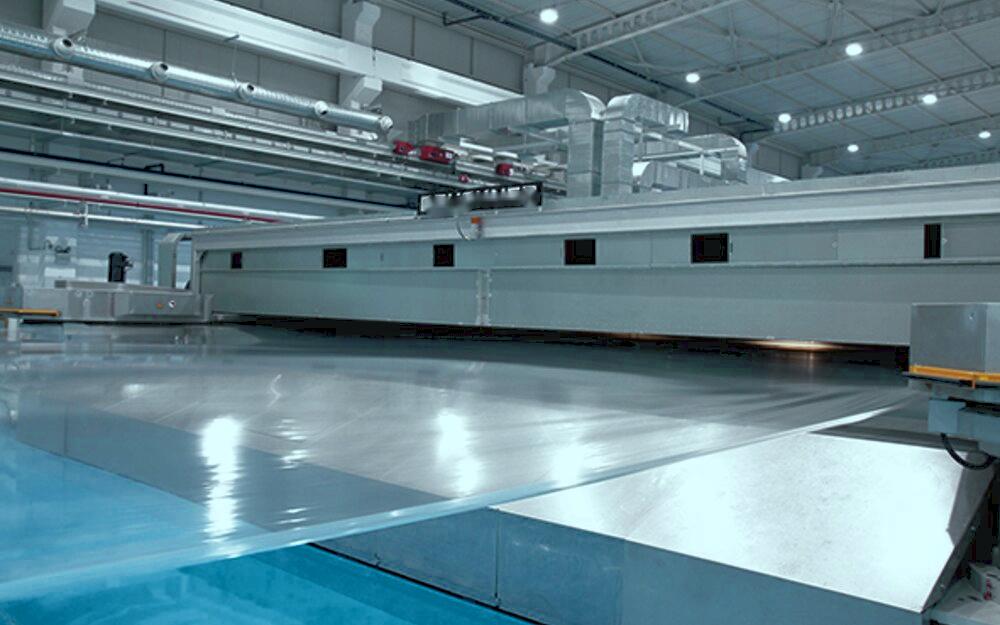Source: Link Testing instruments Co.,Ltd.

The coefficient of friction is a physical quantity used to characterize the resistance of the flexible plastic packaging material when it comes in contact with the material itself or with other objects such as packaging machinery and relative movement occurs during use. In the actual production process, if the friction coefficient of the packaging material is too large or too small, it will have an adverse effect on the production process. If the friction coefficient is too large and the packaging material is astringent, a larger pulling force is required to make the reel rotate for rolling. Bag making, which not only increases energy consumption, reduces production efficiency, and may even cause tensile deformation of the packaging material, which affects its barrier properties and physical and mechanical properties such as impact resistance and puncture resistance; and if the friction coefficient is too small, it is easy to It causes problems such as slippage, deviation, unstable stacking, and wrong edges during the use of the material. Therefore, it is of great significance to control the friction coefficient of the flexible plastic packaging roll film in an appropriate range to improve its ease of use.
The friction coefficient of the soft plastic packaging material is mainly affected by additives such as slip agent and anti-blocking agent added in the production process of the material, and it is also related to the stiffness and hardness of the material itself. Generally speaking, if the amount of slip agent added in the material is larger, the material has better slipperiness, and the friction coefficient is small. In addition, the material itself has high stiffness and high hardness, so it will not be too compliant on the surface of the object. , Easy to slide, so its friction coefficient is small.
Selection of friction surface
The friction coefficients of the same material on different friction surfaces are different. In order to truly reflect the friction coefficients of flexible plastic packaging materials in different links of use, the appropriate friction surface should be selected during the test. Throughout the entire use process of flexible plastic packaging materials, such as rolling, bag making, filling, heat sealing, etc., the friction between the inner surface (heat cover) and the outer surface (non-heat cover) of the flexible plastic packaging, Between the inner surface and the inner surface, between the outer surface and the outer surface, between the inner surface and the production equipment, and between the outer surface and the production equipment, when testing the friction coefficient, the corresponding friction surfaces are the inner surface and the outer surface, respectively. The inner surface is to the inner surface, the outer surface is to the outer surface, the inner surface is to the test bench, and the outer surface is to the test bench. Abnormal friction coefficients between different friction surfaces have different effects on the use of flexible plastic packaging. If the friction coefficient between the inner surface and the inner surface is low, problems such as instability of stacking and misalignment of heat sealing may occur. If the friction coefficient is too high, it will be difficult to open; the friction coefficient between the inner surface and the outer surface will affect the rolling process.
Introduction to detection methods
At present, the domestic testing methods for the coefficient of friction of flexible plastic packaging materials are generally based on the method standard GB 10006 "Method for Measuring the Coefficient of Friction of Plastic Films and Sheets". When using this method to test the friction coefficient, in order to ensure that the test results are accurate and can truly reflect the friction coefficient of the sample, the following aspects should be paid attention to:
Do not touch the part to be tested with your hands during the process of cutting the sample and loading the sample. The surface of the sample should be smooth and free of scratches or wrinkles;
The clamped sample should be close to the surface of the slider, and the degree of tightness should be as consistent as possible;
When placing the slider with the small sample on the test table or sample, the direction of the relative movement of the two samples should be parallel to the test direction, and the force measuring system of the equipment should not be stressed;
When testing the coefficient of friction between the flexible plastic packaging and the test bench, the test bench should be carefully wiped 3 times in one direction with alcohol cotton before the test to prevent the presence of oil and dust on the bench from affecting the test results.
Introduction of test equipment
The test equipment used for friction coefficient detection is a friction coefficient meter, such as Link Testing LTMXS-06 friction coefficient tester(COF tester). This equipment is independently developed and produced by Link Testing. The equipment has high test accuracy, high intelligence, and a wide range of applications. It can be used to test the coefficient of friction of flexible plastic packaging materials, as well as to test the coefficient of friction of materials and products such as paper, woven fabric, non-woven fabric, woven bags, rubber, printed matter, aluminum foil, and metal products.
For more details please visit our website: www.linktesting.org